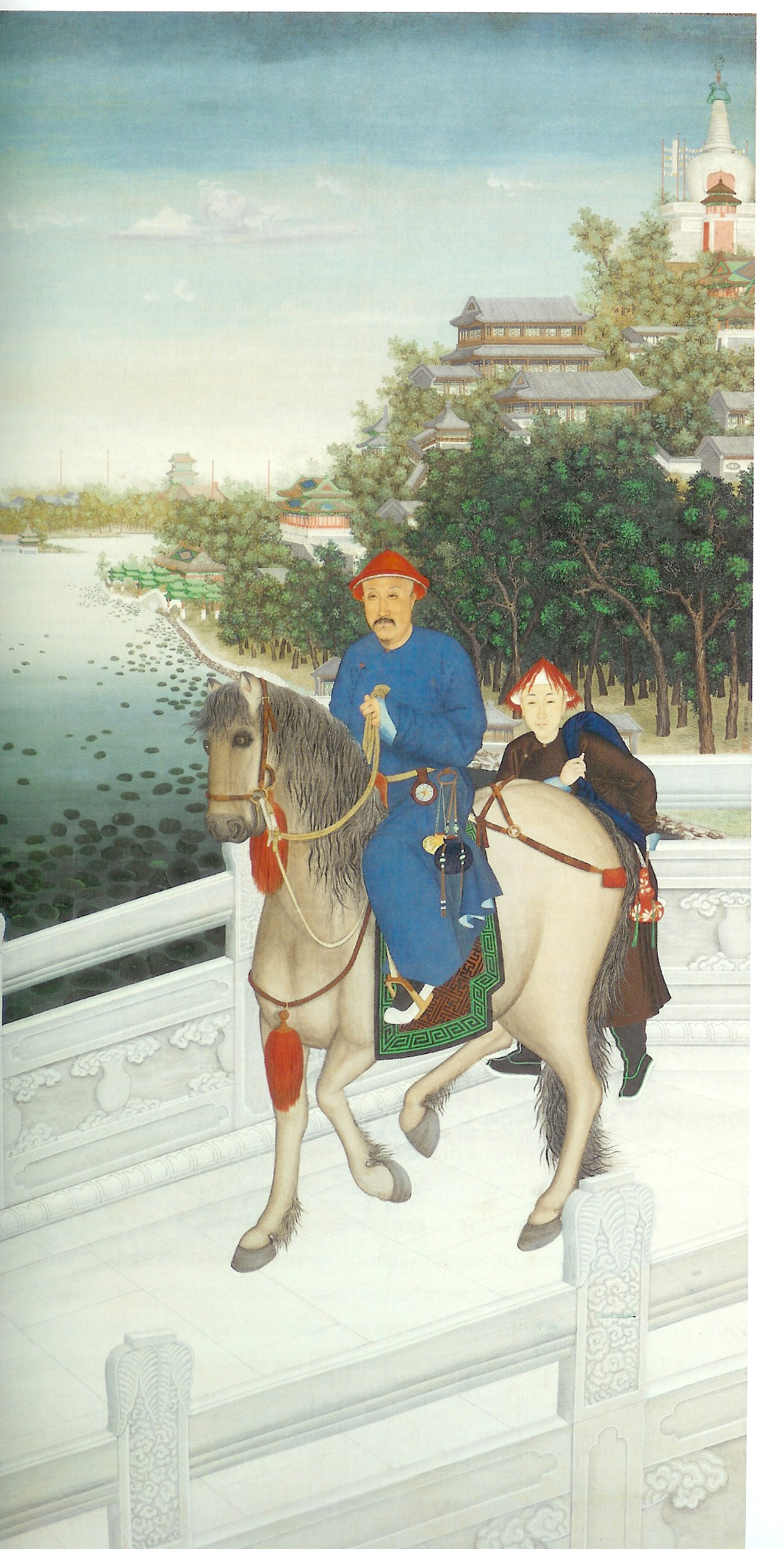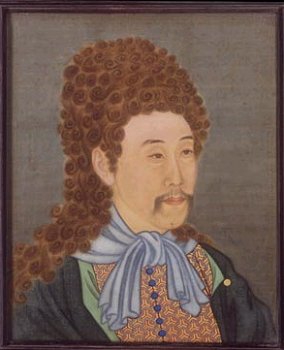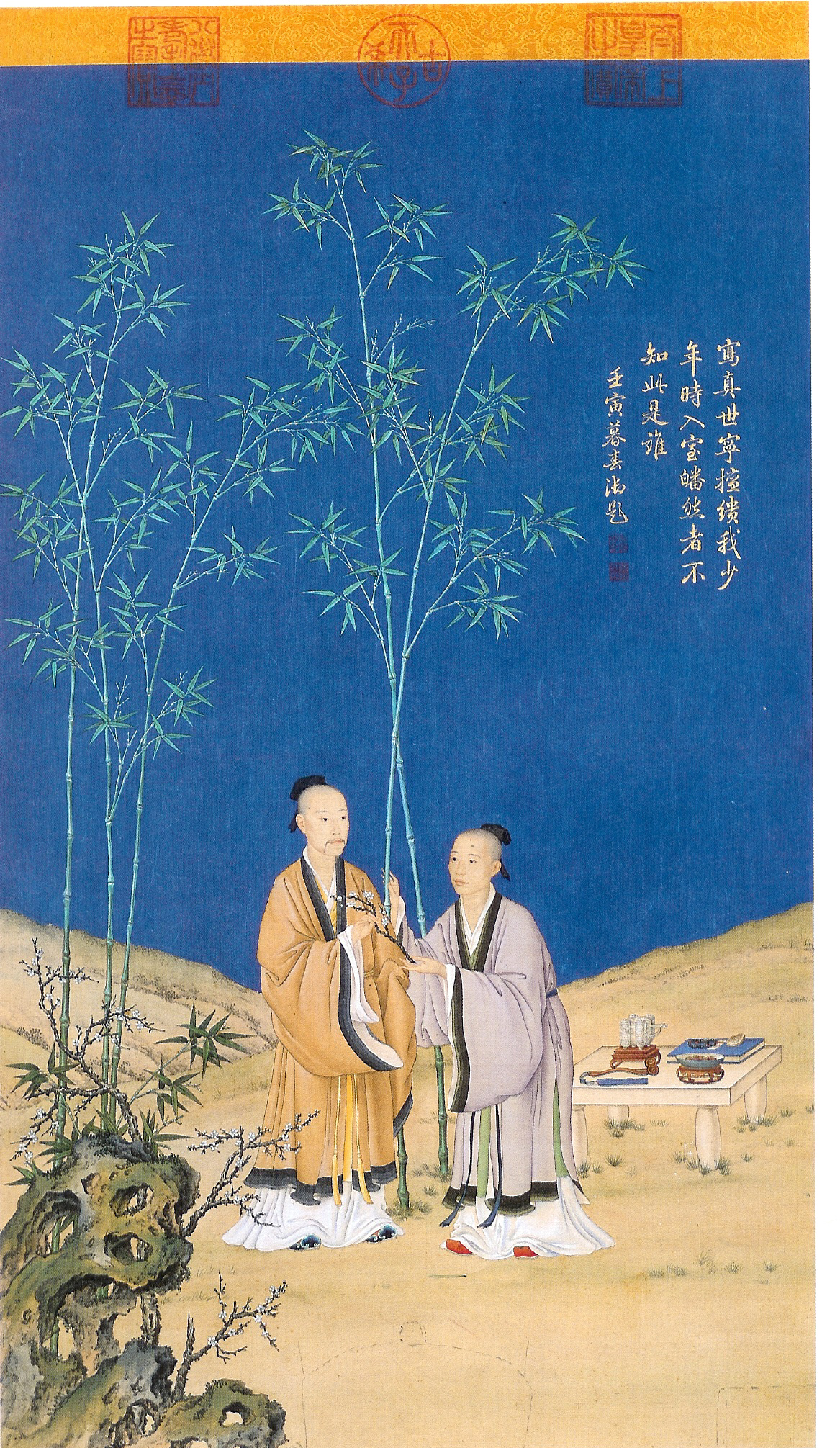Qing Emperor Portraits
Introduction
-Like the Yuan and Jin dynasties, the Manchu Qing dynasty faced many problems as a foreign ruler in a massive empire.
-Created artwork to express both their Manchu heritage and convey a Chinese identity
-In addition, the emperorsí» portraits were used to express their ideas about world rule and as a source of Diplomacy
Chinese Identity
-Emperors depicted as Confucian scholars who are well versed in calligraphy, the classics, filial piety, and have good taste
-Continued tradition of formal court portraits, but incorporated Manchu dress motifs into the clothes
-Used historical
events or famous paintings to tie their identities to Chinese history
Manchu Identity
-Portraits of emperors engaging in hunting or wearing military armor
-Reflects the Manchu marshal virtues that the Chinese did not value in a leader
-Part of a larger
Manchu nationalist movement that included creating a comprehensive history
of
Buddhism
-Qianlong painted as bodhisattva, Manjushri.
-Represented him as a universal ruler
-Paintings look exactly
like those of

Emperor Qianlong as Boddhisatva Manjushri
 Detail
Detail
Costume paintings
-Yongzheng and Qianlong depicted as various ethnic peoples from around the world
-Possible connection to European masquerade balls
-An expression of
their concept of world rule
 Emperor Qianlong
riding
Emperor Qianlong
riding
 Emperor Yongzheng as
a French noble
Emperor Yongzheng as
a French noble
 Emperor Yongzheng
as a Mongol noble
Emperor Yongzheng
as a Mongol noble

Emperor Yongzheng as a Daoist recluse

Father and Son: Emperors Qianlong and Yongzhen
g  Emperor
Yongzheng's concubine
Emperor
Yongzheng's concubine